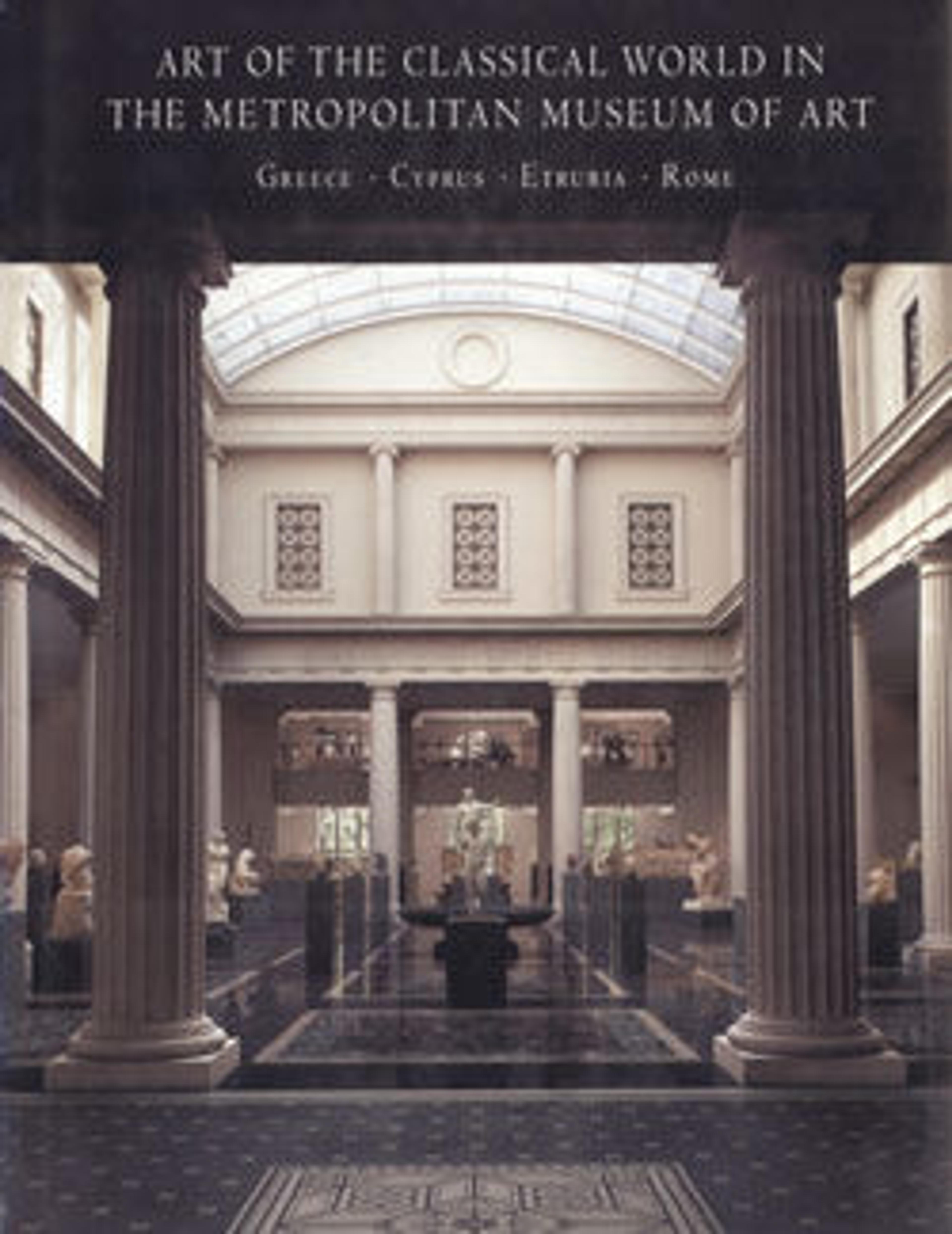Gold phiale (libation bowl)
Inscribed on the base sketchily in Greek, "Pausi[ ]," and more deeply engraved in Punic (Carthaginian) characters, an indication of weight
This libation bowl, decorated with bees, acorns, and beechnuts, is worked in repoussé. Phialai decorated with acorns were being made by the late sixth century B.C. and must have been traditional. Acorns could also be seen on the phialai held by the caryatids of the Erechtheum on the Akropolis in Athens, as we learn from Roman copies found in Hadrian's villa at Tivoli.
This libation bowl, decorated with bees, acorns, and beechnuts, is worked in repoussé. Phialai decorated with acorns were being made by the late sixth century B.C. and must have been traditional. Acorns could also be seen on the phialai held by the caryatids of the Erechtheum on the Akropolis in Athens, as we learn from Roman copies found in Hadrian's villa at Tivoli.
Artwork Details
- Title: Gold phiale (libation bowl)
- Period: Late Classical or Hellenistic
- Date: 4th–3rd century BCE
- Culture: Greek
- Medium: Gold
- Dimensions: H. 1 7/16 in. (3.6 cm); diameter 9 1/4 in. (23.5 cm)
- Classification: Gold and Silver
- Credit Line: Rogers Fund, 1962
- Object Number: 62.11.1
- Curatorial Department: Greek and Roman Art
Audio
1225. Gold phiale (libation bowl)
0:00
0:00
We're sorry, the transcript for this audio track is not available at this time. Please email info@metmuseum.org to request a transcript for this track.
More Artwork
Research Resources
The Met provides unparalleled resources for research and welcomes an international community of students and scholars. The Met's Open Access API is where creators and researchers can connect to the The Met collection. Open Access data and public domain images are available for unrestricted commercial and noncommercial use without permission or fee.
To request images under copyright and other restrictions, please use this Image Request form.
Feedback
We continue to research and examine historical and cultural context for objects in The Met collection. If you have comments or questions about this object record, please contact us using the form below. The Museum looks forward to receiving your comments.
